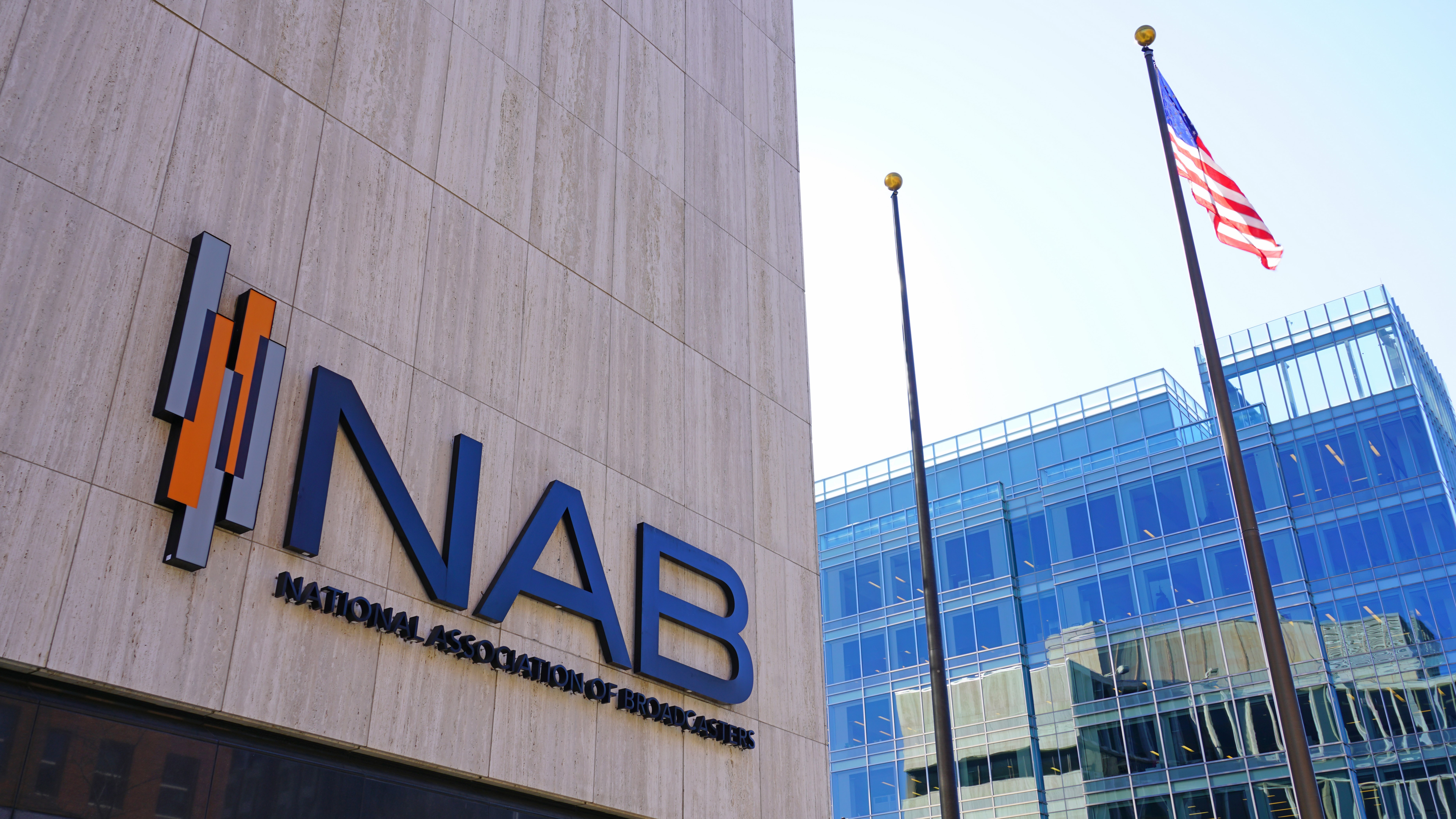
WASHINGTON—The National Association of Broadcasters is urging the FCC to stop dithering and make a final decision on its proposal to use a terrain-based model to determine channel availability for TV white spaces and criticizing TVWS proponent Microsoft for providing an inadequate case for widening availability.
NAB’s comments were made during a conference call with the FCC last week in which it repeated its claims that the terrain-based model—supported by Microsoft—could lead to harmful interference to licensed television stations and that the company has failed to offer technical evidence for its position.
Plus: NAB Questions FCC’s Proposed TV White Space Measurement Model
“The only real technical support Microsoft has offered for its proposal is a citation to studies it submitted in the initial phase of this proceeding purporting to demonstrate that ATSC 1.0 and ATSC 3.0 receivers might be more robust to adjacent-channel interference than the Commission’s rules suggest,” NAB said. “However, NAB noted almost a year ago that Microsoft conducted testing using only new ATSC 1.0 receivers, completely ignoring older receivers, and that the sole ATSC 3.0 receiver Microsoft tested was a $1,000 dongle marketed as a ‘professional grade’ receiver.
“Microsoft has not even attempted to respond in its latest filing, making its reference to its limited testing disingenuous,” the association added.
NAB also said TVWS proponents are grossly exaggerating the success of TV white spaces, accusing advocates of citing “expanded” white space deployments that don’t actually exist. It said the Public Interest Spectrum Coalition has cited pilot programs in Colorado, Virginia and Nebraska that were expanded in response to increasing the availability of distance learning opportunities during the pandemic of the past year, when in fact there was no evidence in the TVWS database of white space devices being used in Colorado or Nebraska and just a smattering in rural Virginia.
NAB added that after a dozen years of FCC activity on TVWS, that there are only about 300 such devices operating nationally.
The professional video industry's #1 source for news, trends and product and tech information. Sign up below.
“It is long past time for the Commission to stop tinkering with its rules to boost a technology that has no demonstrated track record of success,” NAB said. “At some point, white spaces proponents should be asked to actually accomplish something before asking for further handouts.”
Tom has covered the broadcast technology market for the past 25 years, including three years handling member communications for the National Association of Broadcasters followed by a year as editor of Video Technology News and DTV Business executive newsletters for Phillips Publishing. In 1999 he launched digitalbroadcasting.com for internet B2B portal Verticalnet. He is also a charter member of the CTA's Academy of Digital TV Pioneers. Since 2001, he has been editor-in-chief of TV Tech (www.tvtech.com), the leading source of news and information on broadcast and related media technology and is a frequent contributor and moderator to the brand’s Tech Leadership events.

